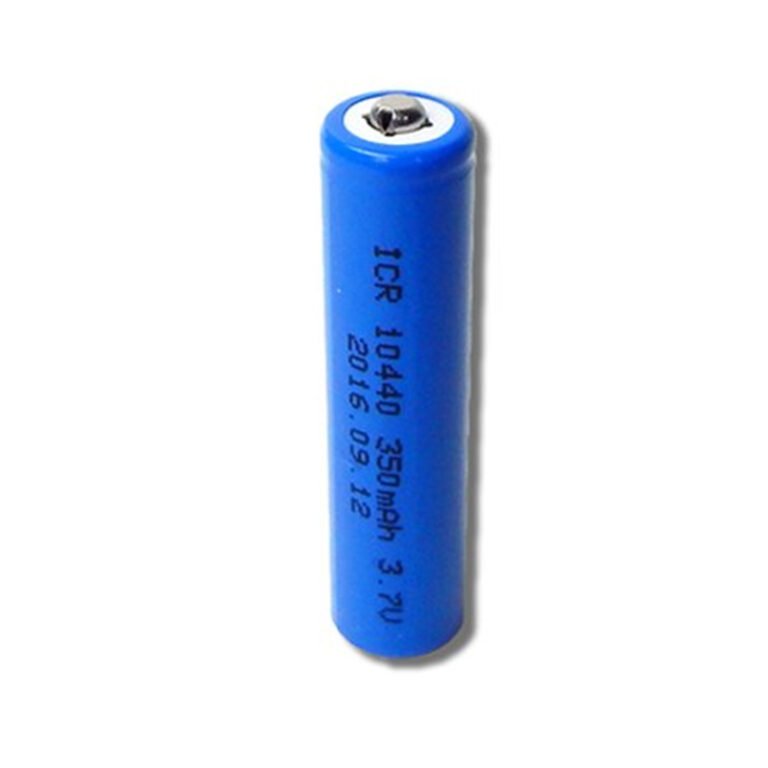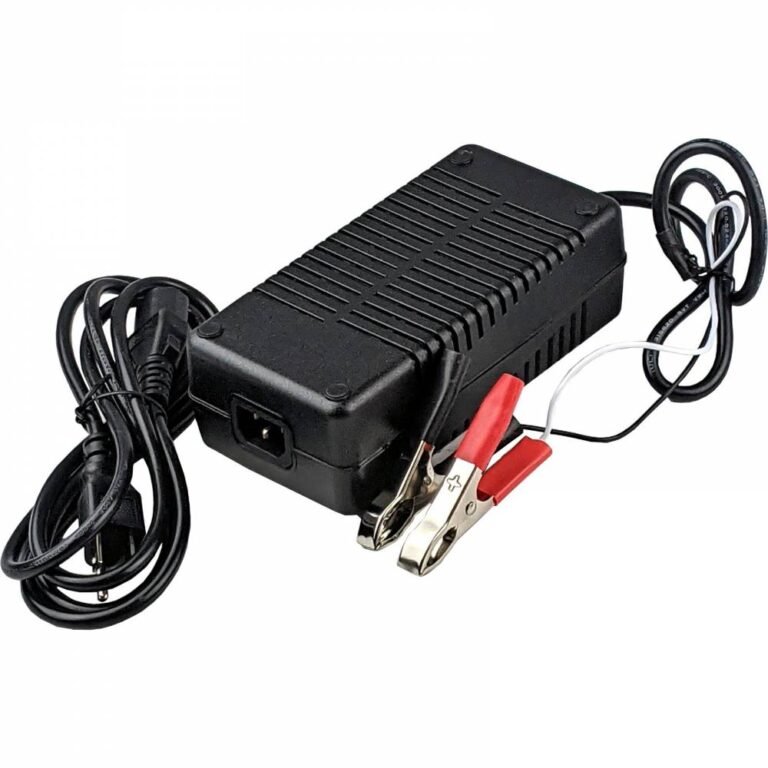What is a solid state battery?
solid state batteries sound mysterious, and it is easy to understand them with traditional liquid metal lithium-ion rechargeable battery, because their working principles are the same. Traditional liquid metal lithium-ion rechargeable battery are also vividly called “rocking-chair batteries” by scientists. The two terminals of rocking-chair are positive and negative pole, and the middle side is liquid metal electrolyte and diaphragm. Lithium ion is like “athletes”. When athlete runs back and forth at the two terminals of rocking-chair, the charge and discharge process is finished.
When it comes to solid state batteries, “athletes” still run back and forth between the positive and negative terminals. The difference is that the sports venue is replaced by a solid electrolyte from a liquid metal electrolyte. In addition, the solid state electrolyte also plays the part of separating the positive and negative electrodes, that is, it acts as a division, so the solid state battery no longer needs a division.
From the perspective of composition alone, solid state batteries are simpler.
What are the classifications of electrolyte?
According to the choice of electrolyte components, solid state batteries can be divided into three types of electrolyte: polymers, oxides, and sulfides.
Among them, polymer electrolyte belong to organic electrolyte, oxides and sulfides belong to inorganic ceramic electrolyte; according to different positive and negative electrode components, solid state batteries can also be divided to solid state lithium ion batteries (continue to utilize present lithium ion battery component system, for example ternary positive electrode and graphite and silicon Carbon negative electrode and so on) and solid state lithium metal battery (with metal lithium as the negative electrode).
What is the advantage comparing with lithium-ion rechargeable battery?
Comparing to liquid metal battery, solid state batteries have advantage mainly in safety and energy/power density.
Let’s discuss about the most concerned security issue first. Nowadays, the development momentum of electric vehicles is strong, and the sales of electric vehicles have repeatedly hit new highs, but the safety hazard of batteries has always been the “Sword of Damocles” hanging over the head of electric vehicles.
In fact, the safety hazard of electric vehicles should be counted on the head of liquid metal lithium-ion rechargeable battery. Once the battery is squeezed or impacted, the diaphragm will rupture, causing a short circuit between the positive and negative electrodes. At the same time, a large amount of heat is generating at the inner side of lithium battery, coupled with the flammable organic solvent in the liquid metal electrolyte, the result is that battery could catch fire or even explosion.
Car and power battery companies had done the best to raise battery safety performance. For example, add flame retardant to the electrolyte; optimizing BMS thermal management system; using high strength, high temperature resistant battery separator, unfortunately, the symptom is not the root cause.
But solid state batteries are expected to completely solve safety problem. Firstly, positive and negative electrodes of solid state batteries are not prone to short circuit. Second, the solid state electrolyte is not only non-flammable, non-volatile, but also resistant to high temperatures, and the battery won’t get fired or explode under same extreme conditions.
Let’s discuss about the energy/power density of the battery, that is, the range anxiety problem. Although the cruising range of mainstream electric vehicles can reach more than 500km, high-end models even exceed 700km. But in the actual use process, this battery life has to be discounted (the so called working condition mileage), and, unlike fuel vehicles, most electric vehicle owners will not drive the car until the remaining 10% of the battery is left
The solution to mileage anxiety basically depends on the energy/power density of stacked batteries. According to the “Technology Roadmap for Energy Saving and New Energy Vehicles”, the energy/power density target of power batteries in 2025 is 450Wh per kilogram, and the target in 2030 is 550Wh per kilogram. To achieve the goal of 2030, the existing liquid metal lithium battery technology route may not be able to take on the big responsibility. It is difficult to break the ceiling of energy/power density of 400Wh per kilogram alone, but the energy/power density of solid state batteries can easily exceed 400Wh per kilogram.
Recommended Batteries
11.1V 18650 3S Customize 2000mAh 2600mAh 3000mAh Capacity Lithium Rechargeable Battery Pack Gun Type





